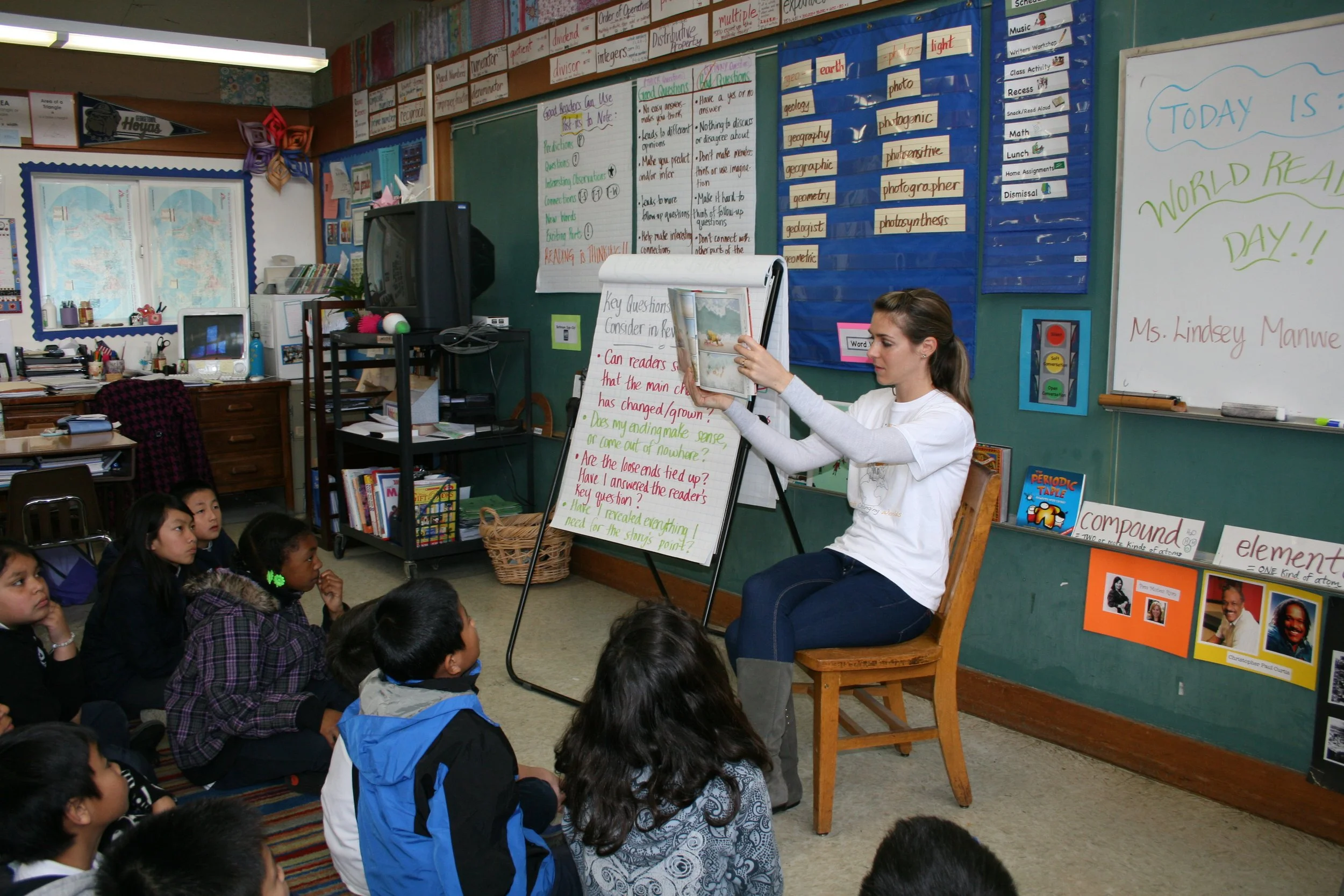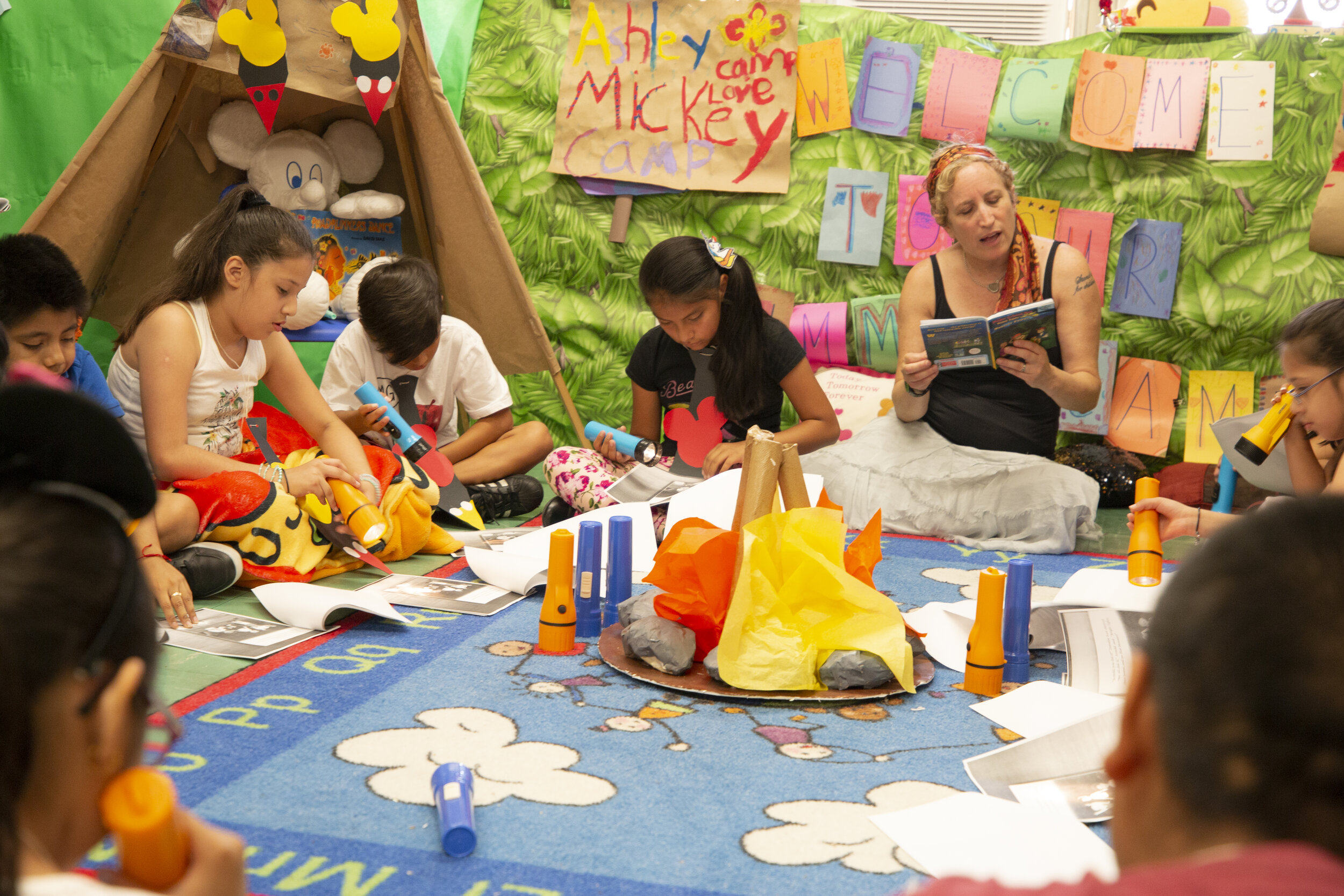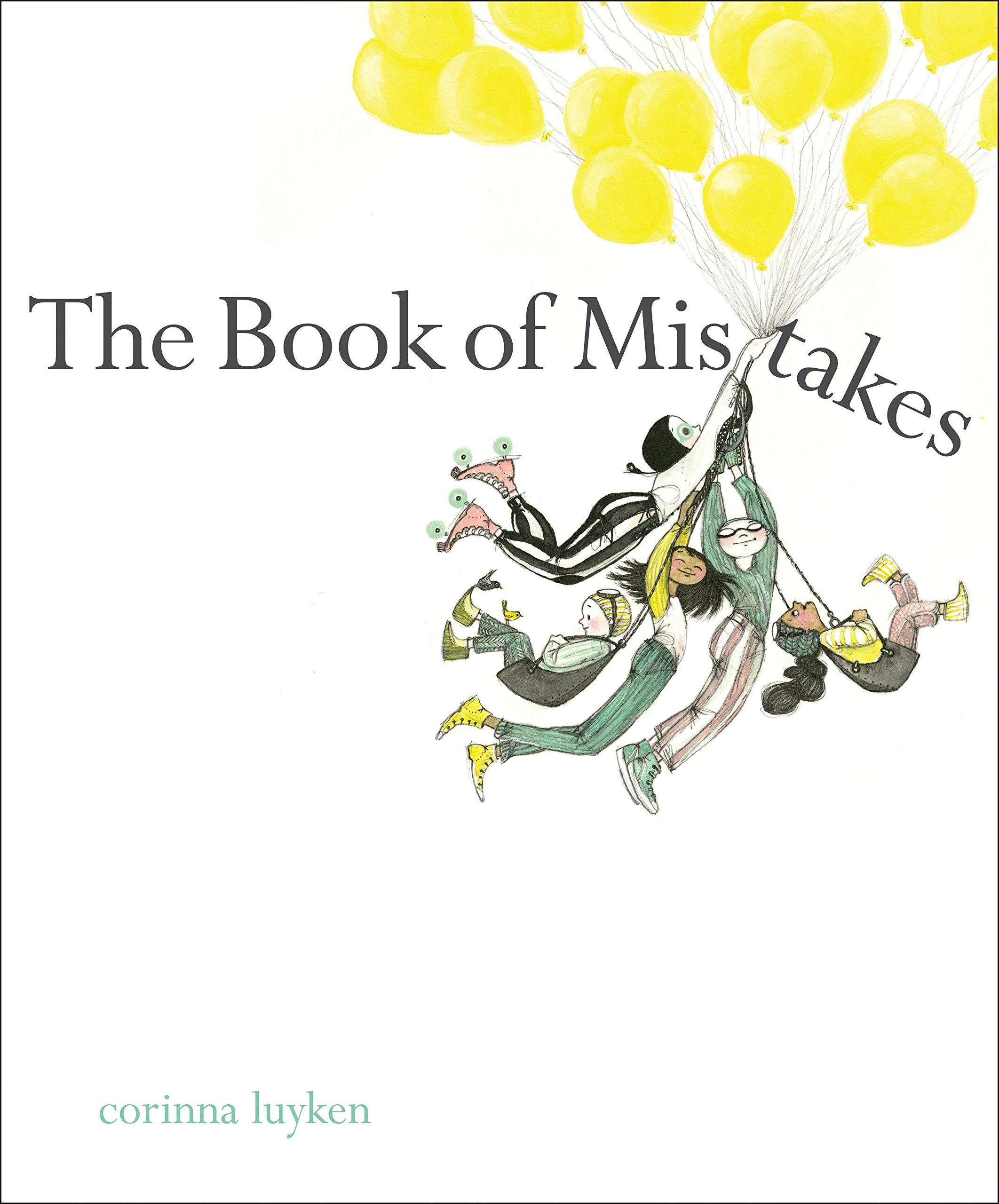Dear LitWorld Friends,
We wanted to share with you some important transitions and updates.
Dorothy Lee, the Executive Director of LitWorld, will be stepping down in September after 12 years with the organization. Dorothy has always been a dedicated and passionate leader for LitWorld, and she leaves big shoes to fill. This is particularly the case given the breadth and depth of experience we seek in this role—spanning literacy and social emotional learning, U.S. and global education, as well as outstanding conceptual, development, and leadership skills. And, of course, someone with a deep personal passion for LitWorld’s work and mission.
We will launch a search for Dorothy’s successor this week. Dorothy will continue to lead until her departure, and we are in the midst of identifying an acting director in case there is an interim period before the new Executive Director is identified.
This is an exciting moment for LitWorld. The work has never been more necessary, and we have a clear path forward to drive even greater impact in the communities that need us most. Still, we are taking this opportunity to engage in active thinking, learning, and dialogue around our programmatic work, and always challenging ourselves on how we can deepen LitWorld’s continued commitment to strengthening kids and communities through the power of stories. We look forward to sharing more updates on this journey with you in the coming weeks and months.
Best,
Samantha, Dorothy,
& LitWorld Leadership


















